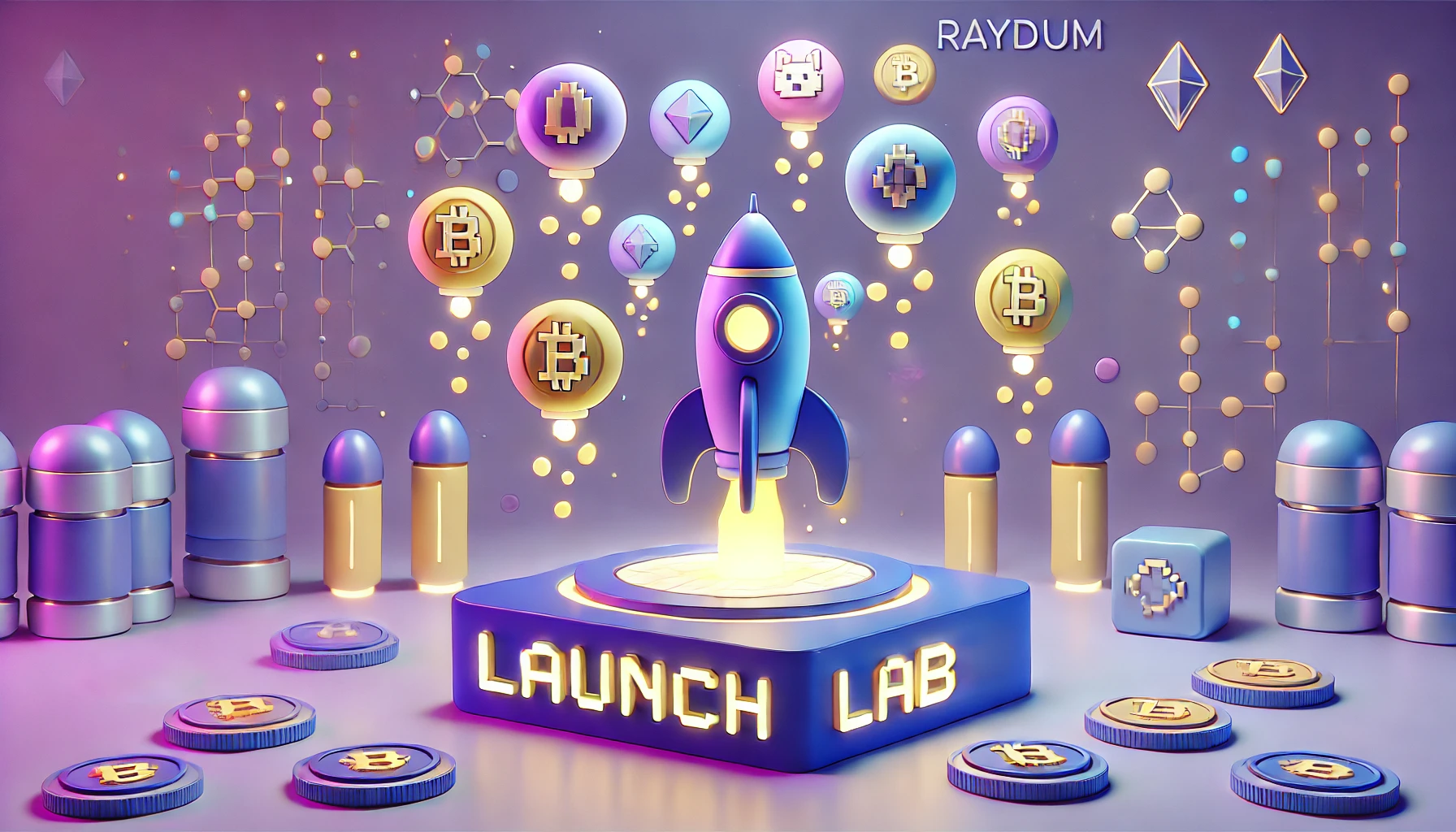Polkadot, the leader in multi-chain networks, continues to grow at breakneck speed. While this network only made its MainNet last year, it is establishing itself more and more each day as a major player of the future among the crypto-community.
The project raised a cool $144.3 million at its ICO in October 2017. Released after three years of development, Polkadot does not seem to be disappointing its supporters and is increasingly gaining the trust of major players in the crypto-currency world.
Last month, Binance publicly displayed its confidence in Polkadot’s future with its $2.4 million investment in the new Plasm Network project, one of Polkadot’s flagship parachains, which should enable the development of smart contracts that are more efficient and cheaper than Ethereum’s. But Polkadot has continued on its course this month by integrating Acala Network into its network and launching a new IDO on Polkastarter.
Polkadot: leader in multi-chain networks
Polkadot is one of the first multi-chain networks. This protocol enables data and assets to be transferred between different blockchains. Although Polkadot is not the only network working on inter-chain communication (ChainLink is also working on the subject with its decentralised oracle network), it remains the central figure in the quest for interoperability.
Today, most blockchains are incapable of communicating with each other. This inward-looking approach ensures their security, but also severely limits their use. Polkadot’s parachain system makes it possible for them to connect. Its network enables blockchains to communicate and carry out transactions with each other without intermediaries or trusted third parties, in complete security. Thanks to this feature, Polkadot is often referred to as the “blockchain of blockchains”!
This network made its MainNet in May 2020, after more than three years in development. Its developer, Gavin Wood, is none other than the co-founder of Ethereum. This wait seems to have been a guarantee of quality, and the network is now offering multiple functional projects that should revolutionise the blockchain ecosystem, if specialists are to be believed. This popularity within the crypto-community has earned its currency, the DOT, 6th place in Coinmarketcap’s top cryptocurrencies list, with a total market capitalisation of €28,476,523,024. A DOT token currently trades at €30.93.
Its network has two main components:
Its relay chain, which ensures communication between all the blockchains, and security. This is the real heart of its network.
Its parachains, the parallel chains, which evolve on its network and improve its scalability (more on this later).
Polkadot also has parathreads that are broadly similar to the parachains, and bridges that act as a bridge between the two.
Parathreads at the heart of the Polkadot ecosystem
To overcome the interoperability problems of most current blockchains, Polkadot relies on its system of ‘parachains’ or parallel chains. Polkadot enables public and private blockchains to communicate with each other, as well as with oracle systems. Its developers like to say that it will be able to offer the same service for all future technologies!
As well as enabling this connection between different blockchains, Polkadot has also found an effective solution to the scalability problems encountered by some chains. Its network is fragmented, enabling it to process transactions from different chains simultaneously, in parallel.
These parachains enable Polkadot to adopt a ‘sharding’ strategy by distributing the load of data across the different parachains, thereby improving its scalability. In reality, Polkadot does not really provide its own application, but rather acts as a highly efficient relay between the various chains.
Polkadot news in March 2021
This month has been a particularly productive one for Polkadot, which has seen two major events. This news has helped to maintain the upward trend in the DOT token, a trend that began at the same time as Bitcoin’s bull run, like most cryptocurrencies.
Acala Network joins the Polkadot network
Last week, Acala Network won a parachain slot on the Polkadot network at an auction held on Rococo (Polkadot’s test platform). This blockchain can rejoice all the more as spaces are limited to just 100 parachains.
“Acala won the first parachain auction on Rococo, @Polkadot’s TestNet, and now Acala occupies the first public parachain slot on Rococo 🥳.”
Acala Network aims to act as Polkadot’s financial hub. This parachain aims to eventually offer a stablecoin, the Acala Dollar (aUSD), which will be completely decentralised. This stablecoin will enable users to transfer US dollars across all the blockchains in the Polkadot network. As a stablecoin, the aUSD will always be worth one US dollar. Acala Network and its ACA token also want to power the financial applications of the Polkadot network.
Polkadot has launched an Initial DEX Offering (IDO) via Polkastarter
But the news doesn’t stop there for Polkadot. The platform, like its operations, is embarking on multiple projects at once. The latest is the organisation of a very special Initial DEX Offering, or fundraising event.
Polkadot has naturally chosen Polkastarter (POLS) for its IDO. This platform is used to launch new tokens and organise auctions. Developed on Ethereum, Polkastarter will soon be migrated to Polkadot. It is already a benchmark platform for launching ICOs.
To participate in the Polkadot ICO, interested parties first had to purchase an egg from Polkastarter. This egg could contain one of the NFTs (non-fungible tokens) bearing the effigy of Polkamon, a dragon. Only 80 dragons were hidden in the eggs, which cost just $9 – the platform’s gas fee.
Only holders of the 80 dragons could take part in the Initial DEX Offering, which took place today at 7am UTC. For the time being, this IDO is still ongoing. We’ll see whether Polkadot has raised the funds it was hoping for!
What do we think of Polkadot’s future?
For the time being, Polkadot seems to be without doubt the future of the cryptocurrency market. The lack of interoperability between blockchains and their lack of scalability are the two main obstacles to their development. For the time being, Polkadot has succeeded in offering a solution to both these problems.
Its network is also particularly dynamic. Polkadot is launching several projects at the same time to meet the expectations and needs of the crypto-community. What’s more, the network is set to multiply its functions over time. Polkadot is therefore appealing to investors and young blockchains who want to join its network.
For the moment, Polkadot’s future looks bright. It remains to be seen whether its future development will continue to delight users. If it does, the value of the DOT token should continue to rise and establish itself as one of the most promising cryptocurrencies of the next decade!














